
surfresearch.com.au
reno : tri-fins, 1971
reno : tri-fins, 1971
|
|
|
|
|
|
 |
surfresearch.com.au
reno : tri-fins, 1971 |
The three-fin boards are a product of the consciousness inspired by the twin-fin, but there were other inspirations too: porpoises. Says Reno: "Porpoises make multi-directional changes at high speeds using, among other physical characteristics, two side fins and a dorsal. So why not three?" "I'm sure I share the revelation," Reno says, "that surfing is constant flux; nothing stands still. So we prune our bodies in expectation of tomorrow's tubes, and focus our mind's eye toward the beyond." |
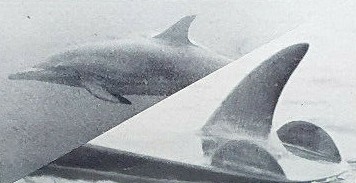 |
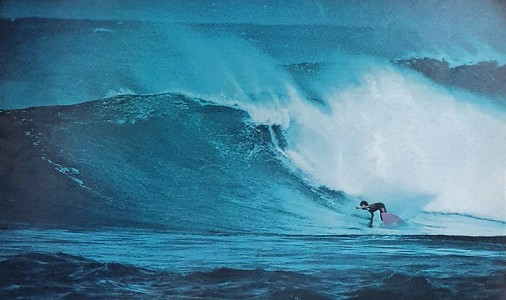 Reno jammin' at Sunset. Photo: Brewer |
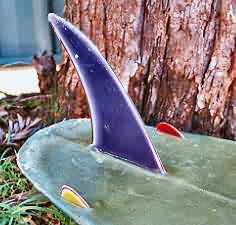 |
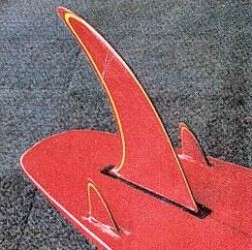 |
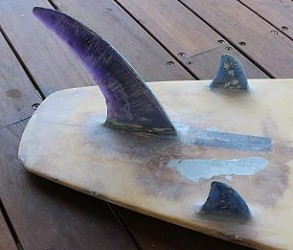 |
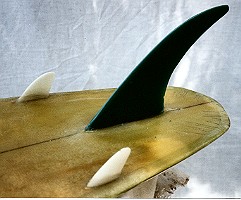 |
|
|
|
|
|
|